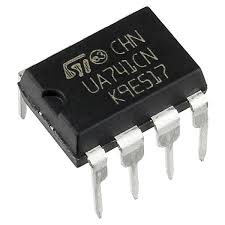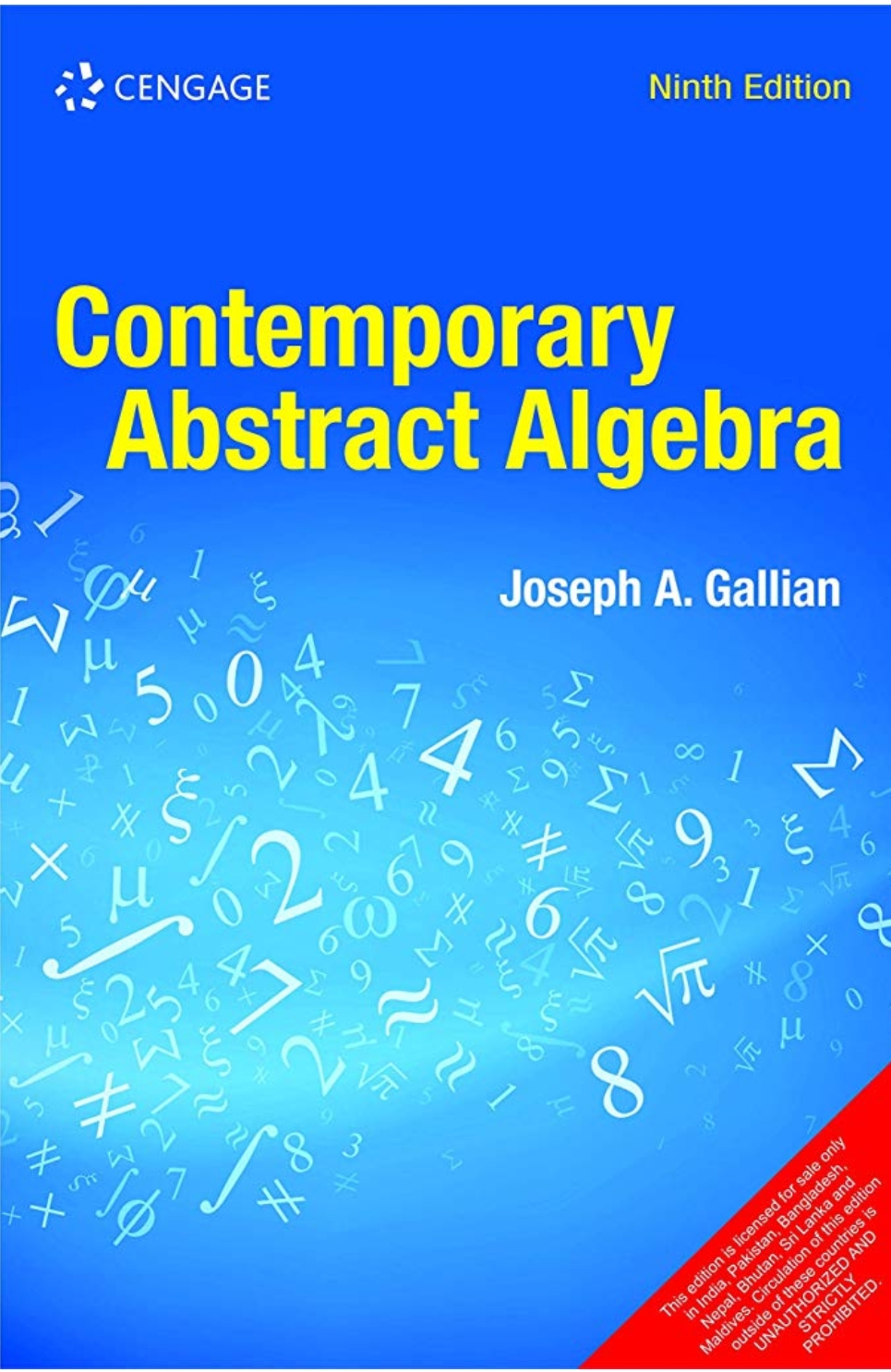CO1: The students will be able to explain the each block of op amp .
CO2: The students will be able to define a significance of op amp and their importance.
CO3: The students will be able to build circuits using analog ICs.
CO4: The students will be able to study in depth knowledge of applying the concepts in real time applications.
CO5: The students will be able to use Op Amp as summer, subtractor, comparator, integrator ,and differentiator.
CO6: The students will be able to generate a sine wave ,square wave and triangular wave using Op amp.
CO7: The students will be able to explain basic information about communication system and its block diagram and the purpose of modulations and demodulations technique.
CO8: The students will be able to explain about different type of modulators and demodulators, as well as AM and FM transmitters and receivers .
- Teacher: SANDHYA -
Course Objective:
The objective of the course is to present an introduction to database management systems, with an emphasis on how to organize, maintain and retrieve information from a DBMS efficiently and effectively.
Course Outcome:-
By the end of the course, the student should be able to:
CO1. Understand a database system
CO2. Understand relational model of the data
CO3. Understand query languages for databases
CO4. Understand the role of the database administrator.
CO5. Competency for implementing a small Database system.
CO6. Be proficient in SQL and PL/SQL
CO7.Understand basic transaction processing concepts
CO8. Understand different database recovery and security methods
- Teacher: ANU VICTOR
- Teacher: YAMINI G
- Teacher: teach3 teach3
Course Objective:
1. To develop and understanding of the basic concepts of group theory and rings
2. To encourage precision in the use of mathematical language, and to develop further the ability to understand and produce proofs in an algebraic contex
Course Outcomes:
After the
completion of the course the student will be able to:
CO1: An exposure of well defined operations and recognise the algebraic structures
CO2: Use the subgroup criterion to prove that various subsets are subgroups of some given group
CO3: Decide whether a given group is cyclic, and given a finite cyclic group, find a generator for a subgroup of a given order
CO4: Understand the notions of homomorphism and isomorphism in groups
CO5: Understand the notion of normal subgroup and determine whether a given subgroup is normal
CO6: Identifying the set of axioms that define the algebraic structure of a ring
CO7: Understand the notion of ideal and determine whether a given subset of a ring is an ideal
CO8: Identifying the properties that determine that a mapping between rings is a homomorphism. Understand polynomial rings and their use to construct finite fields

- Teacher: DAYANANDA BABU V